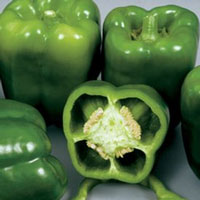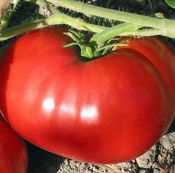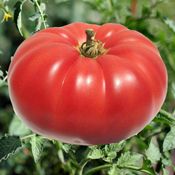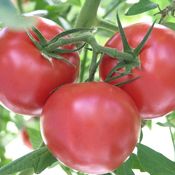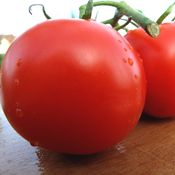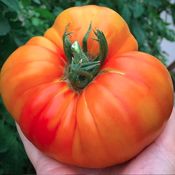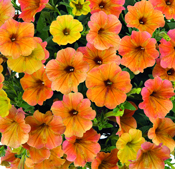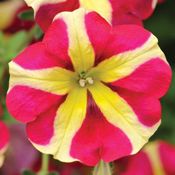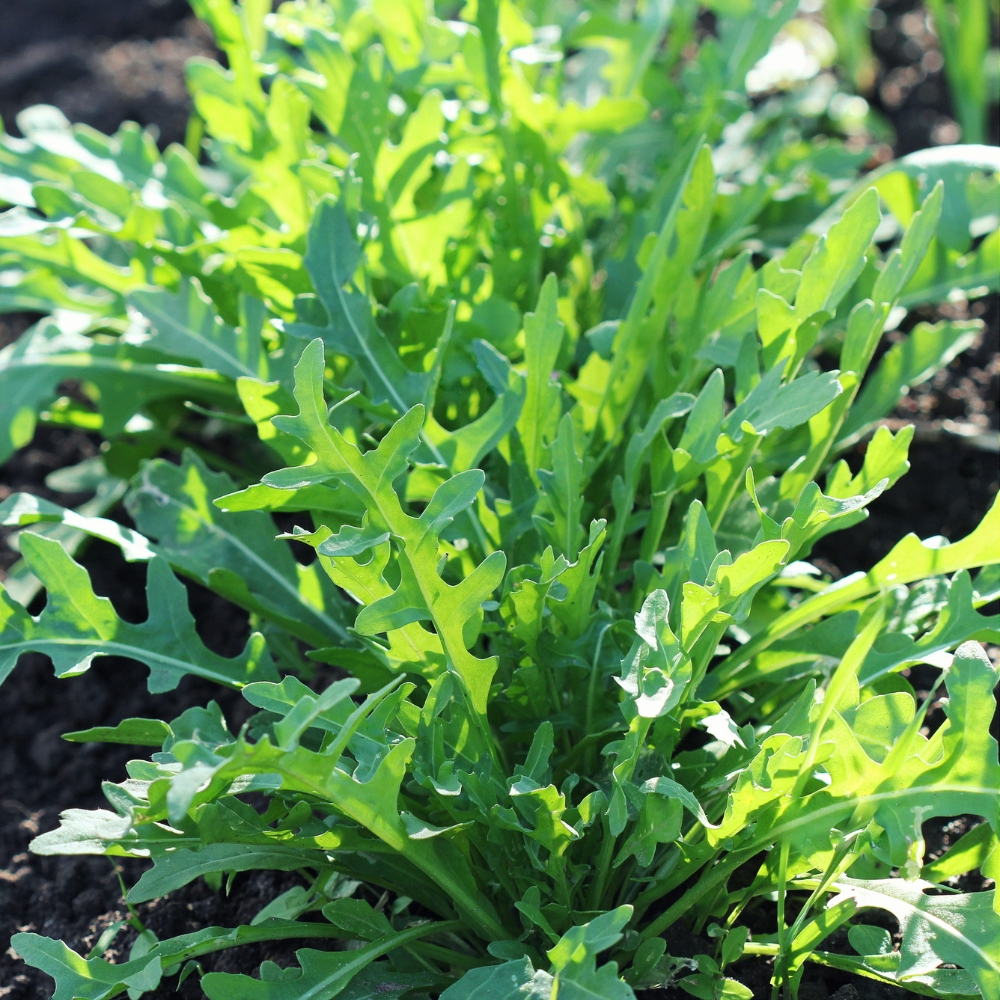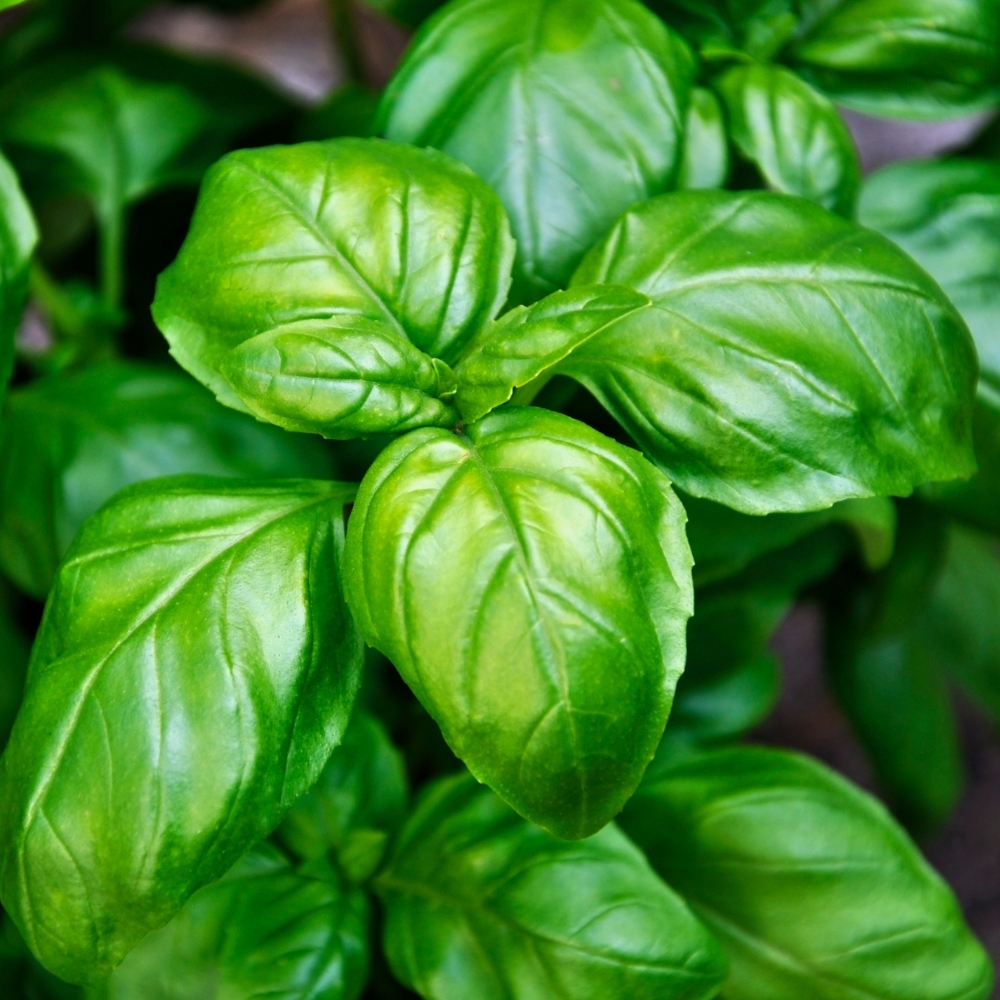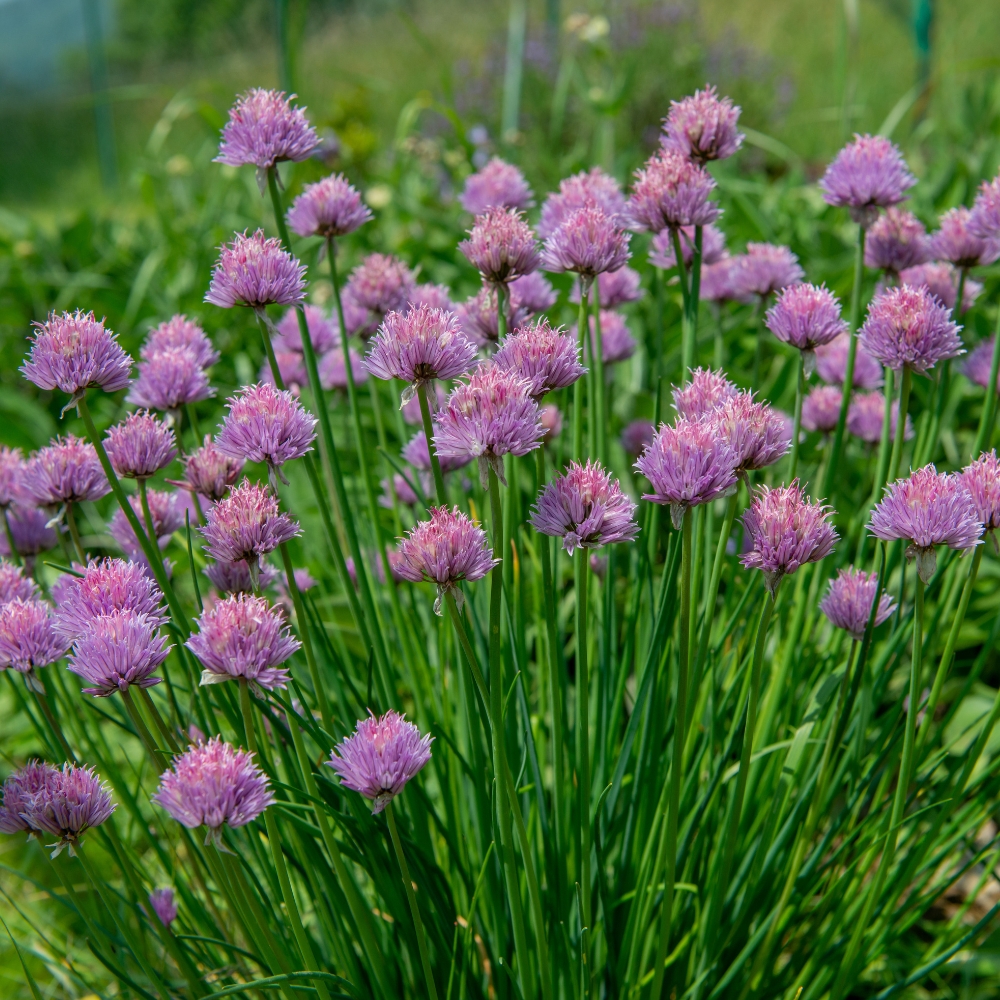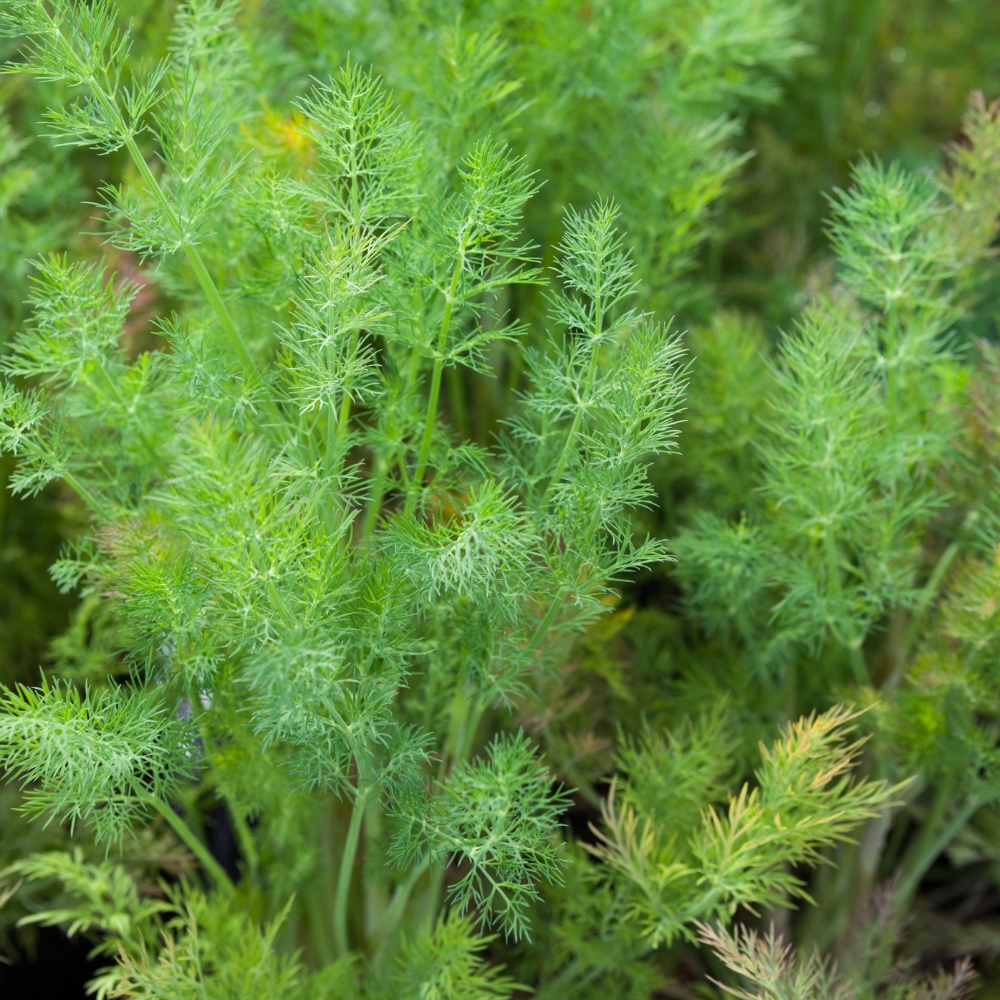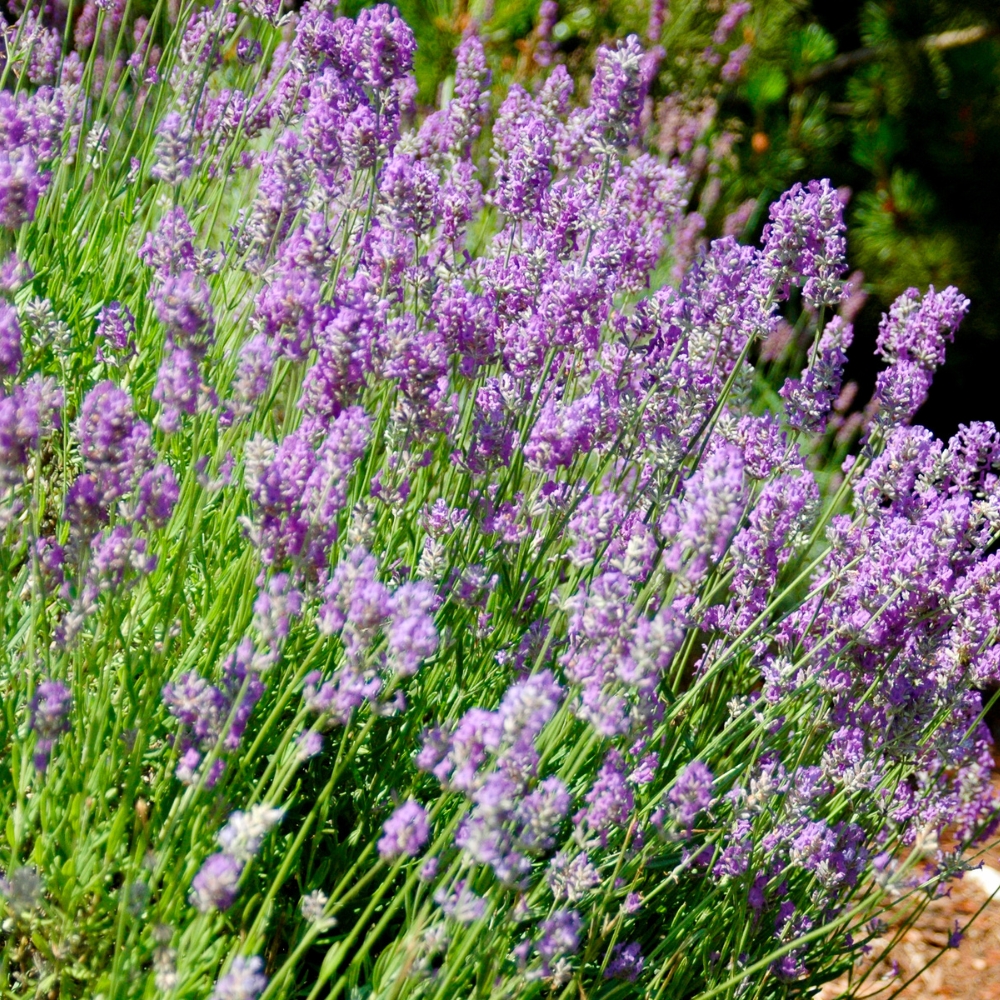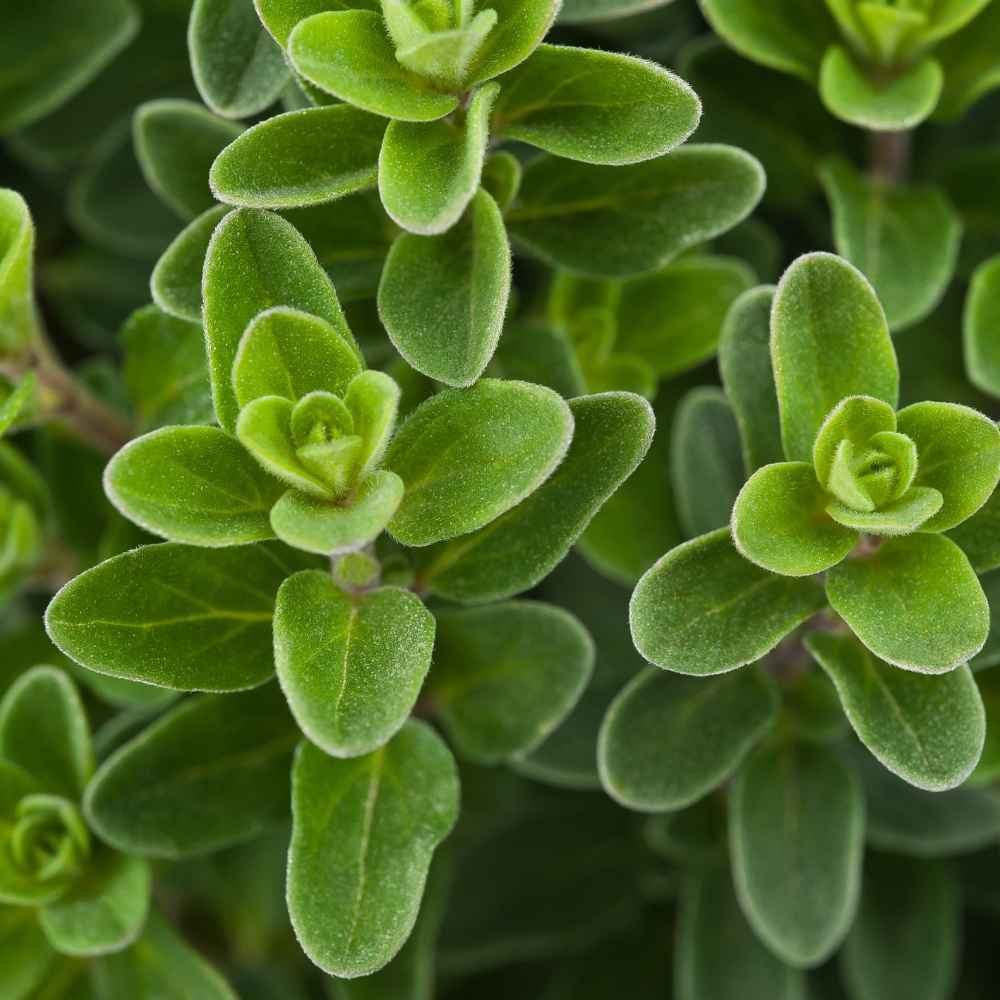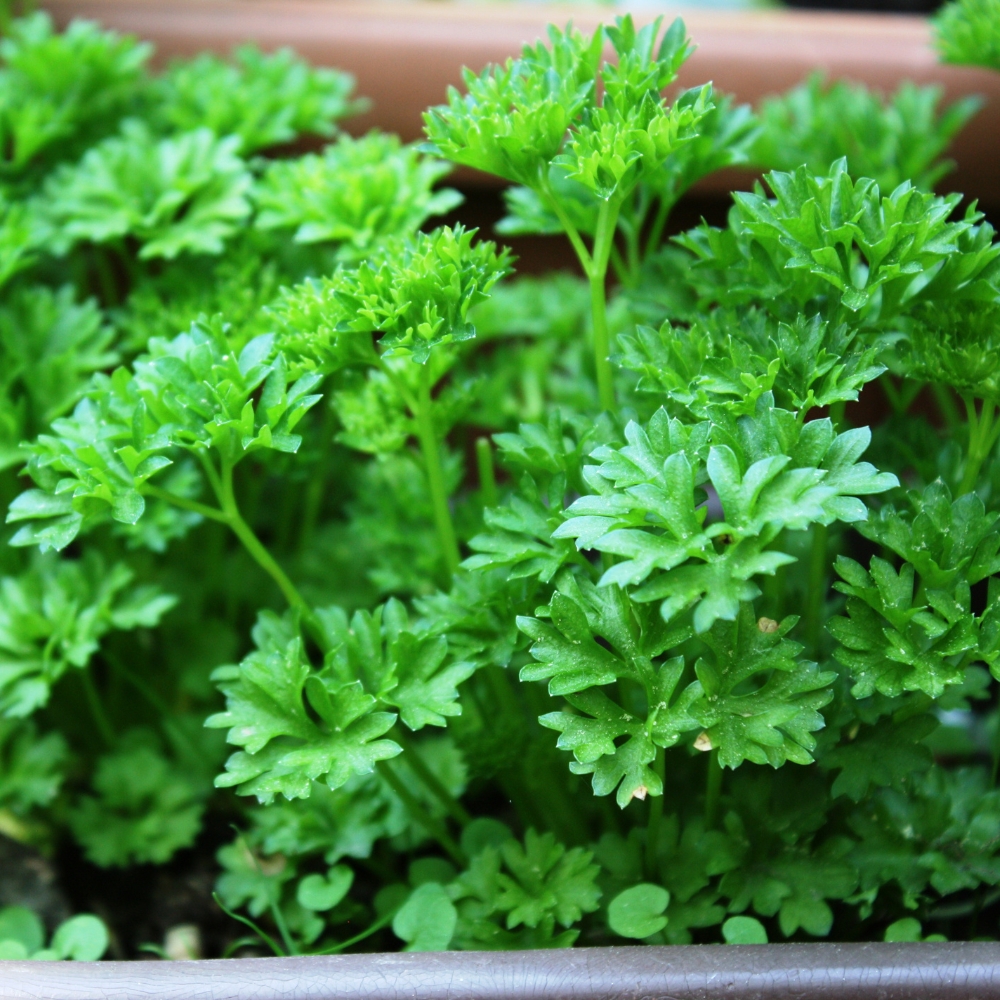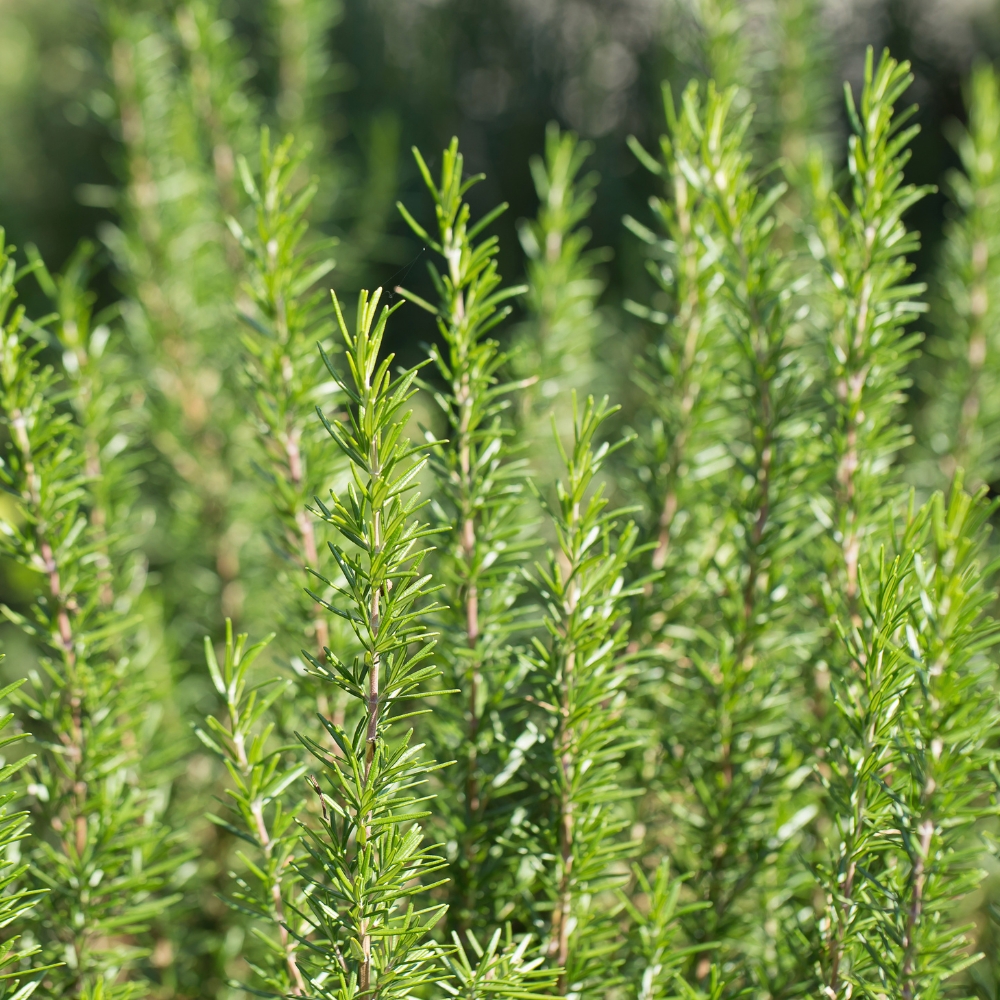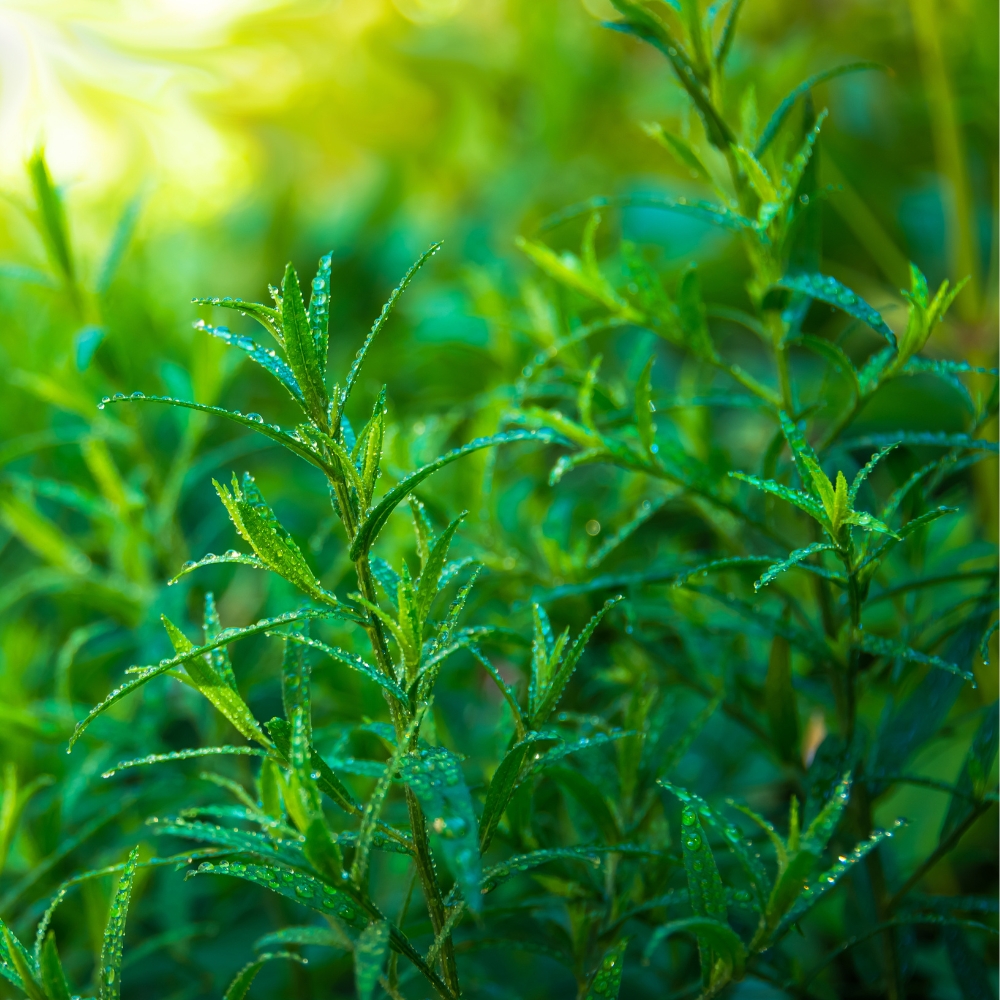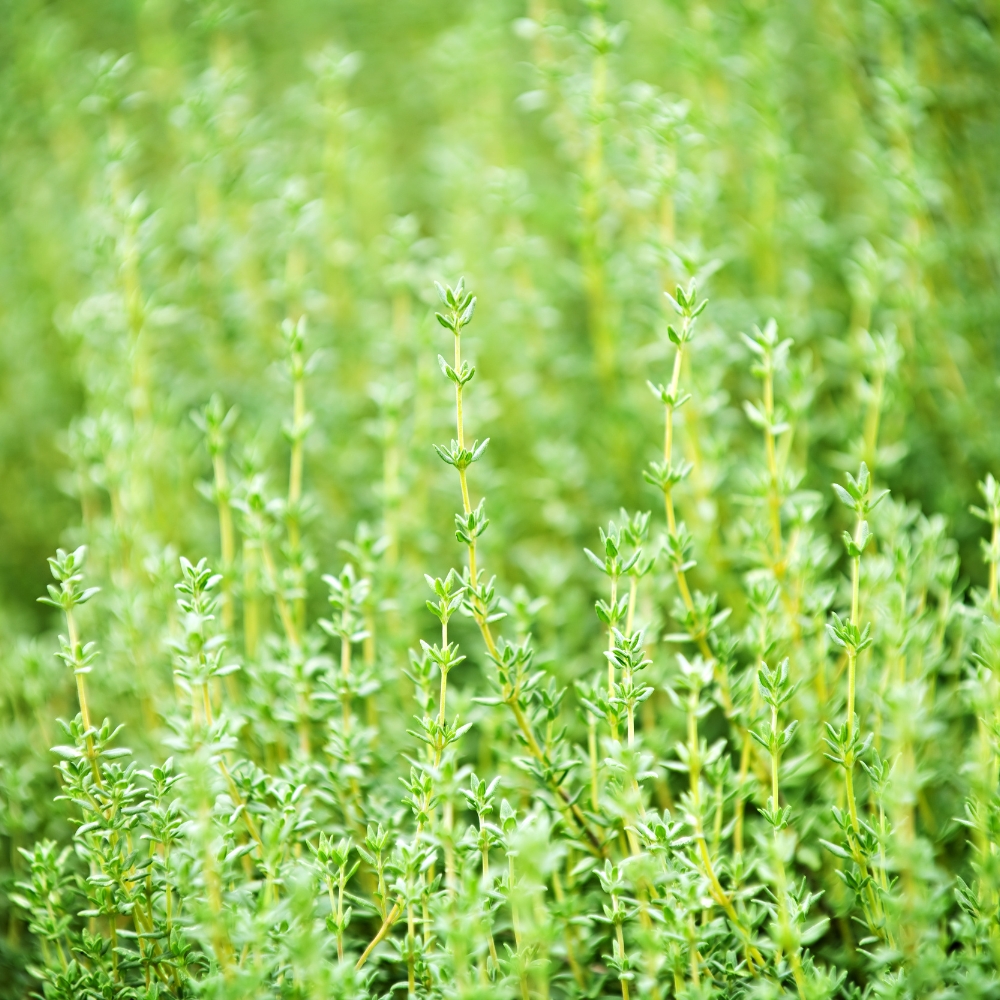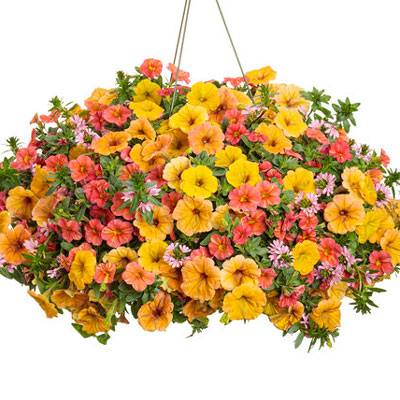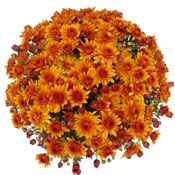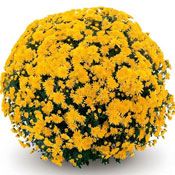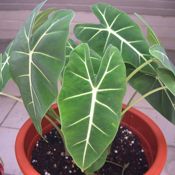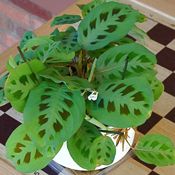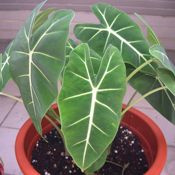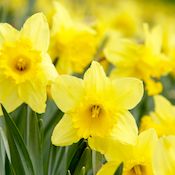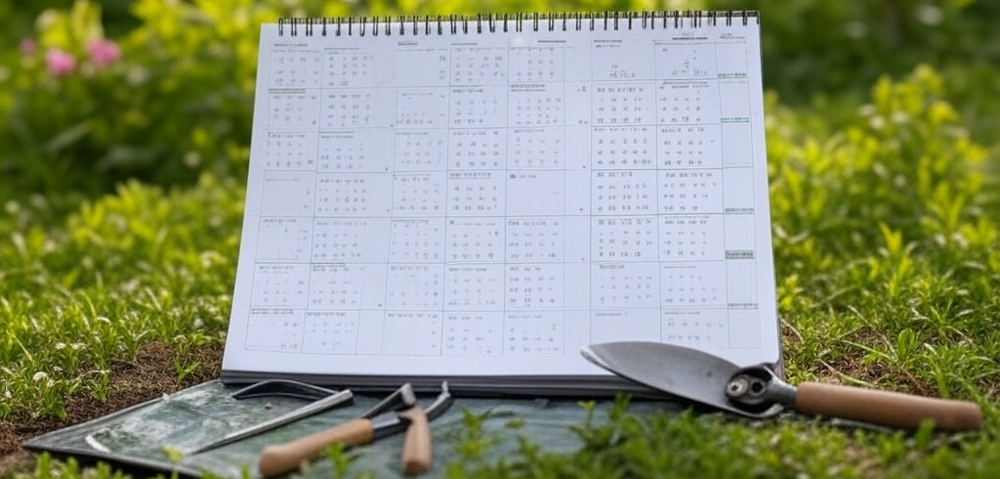
As winter finally loosens its icy grip, gardeners everywhere feel the pull of fresh air, warmer days, and that irresistible urge to plunge hands into the earth. But before you dive headfirst into planting, there are some key March tasks that will streamline your gardening season and let you savor more sunny days later.
All gardeners, regardless of zone, can benefit from the following preparations:
-
Garden Journal: Begin or update your garden journal. Record past planting layouts, varieties planted, and their successes or failures. This invaluable tool helps with crop rotation, reduces nutrient depletion, and informs future planting decisions.
-
Tool Checkup: Ensure your gardening tools are ready for action:
-
Clean rust and dirt from metal parts using steel wool or coarse sandpaper.
-
Lightly coat metal surfaces with vegetable oil to prevent rust.
-
Sand wooden handles smooth and seal them with linseed, walnut, tung, or mineral oil.
-
Run gas and electric equipment briefly to verify operation. Replace old gas and oil as needed.
-
-
Wheelbarrow and Cart Maintenance: Inspect for rust and repair holes. Inflate or replace tires and keep puncture repair products handy.
-
Protective Gear: Inventory gloves and choose durable, waterproof types for maximum protection.
-
Seed-Starting Inventory: Check seed-starting supplies, including trays, domes, lights, bulbs, and domes for damage. Verify seed viability, discarding any older than two years or showing signs of moisture or rot.
-
Preorder Starter Plants: Order your plants early to ensure you get your preferred varieties. Starter plants arrive at the perfect time for your area, reducing stress and jumpstarting your harvest.
Gardening Tasks by Zone
Zones 1-3
Average Last Frost: May 1 - June 16
-
Assess your garden space after snowmelt without compacting wet soil.
-
Build trellises and raised beds indoors, ready for outdoor placement when conditions allow.
-
Start seeds indoors counting backward from your last frost date (broccoli, cauliflower, peppers, cabbage, tomatoes, onions).
-
Propagate succulents indoors to expand your collection.
Zones 4-5
Average Last Frost Dates: Zone 4 (April 24 - May 12), Zone 5 (April 8 - May 1)
-
Conduct a soil test and amend nutrients as necessary.
-
Mulch and amend soil with organic matter like compost, peat moss, or manure.
-
Start seeds indoors: onions, tomatoes, lettuce, cabbage, broccoli, cauliflower, peppers, Brussels sprouts.
Zones 6-7
Average Last Frost: Zone 6 (April 30 - May 10), Zone 7 (around April 15)
-
Direct-sow outdoors: lettuce, spinach, peas, kale, carrots, radishes, arugula.
-
Start indoors: tomatoes, peppers, eggplant, cucumbers, melons, pumpkins.
-
Have frost protection materials handy for unexpected cold snaps.
Zones 8
-
Direct-sow nearly all vegetable seeds outdoors, watching local forecasts closely for unusually late frosts.
-
Start tomatoes and peppers indoors if cooler weather persists.
Zones 9-11
-
Zone 9: Direct sow most warm-season veggies. Cool-season planting should wait for fall.
-
Zones 10-11: It’s prime time to plant warm-season veggies directly outdoors. Cool-season veggies are best saved for autumn.
Remember, unpredictable weather patterns mean always being prepared. Test your soil, order early, and keep a flexible plan to make your gardening season smooth and rewarding.

















































































